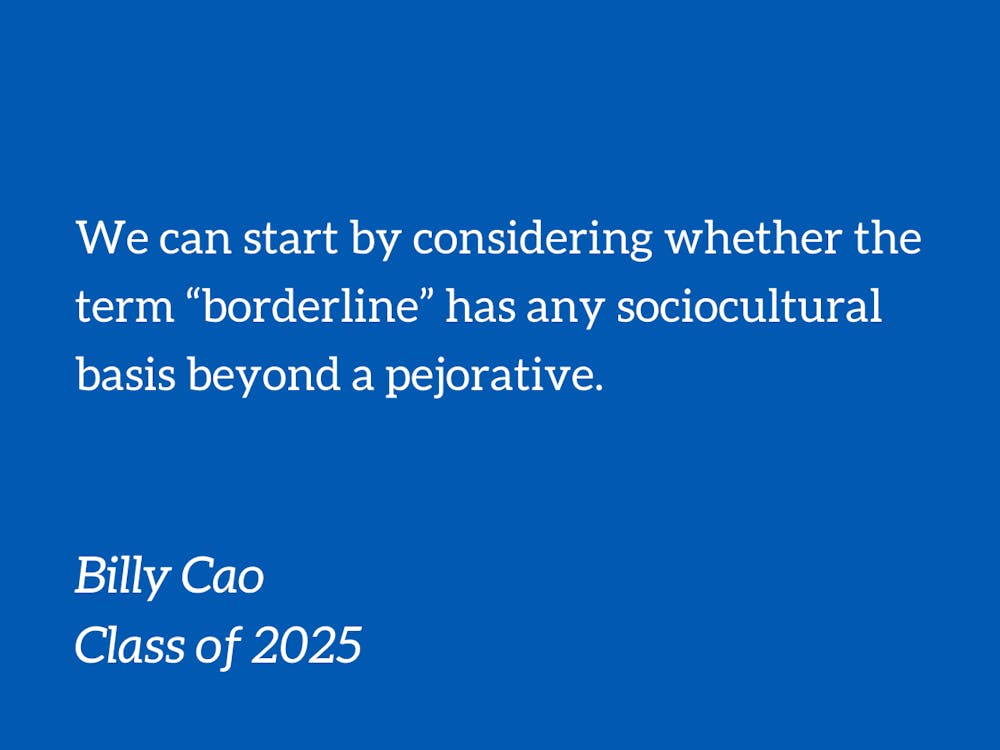In 1889, Viennese physician Moritz Benedikt was called to examine a rich young woman who complained of intolerable headaches. Initially thought to suffer from a case of meningitis, she later communicated to Benedikt in confidence that her family would not let her pursue her studies despite her strong desire to do so. When the young woman was allowed to study, her symptoms magically disappeared.
How are we to make sense of this young woman’s condition? For the historian of psychiatry Henri Ellenberger, she suffered from “a particular kind of sociogenic hysteria that we no longer know today.” Living in a world made by men and for men, the young woman was left with leisured wealth on the one hand and extreme intellectual and cultural frustration on the other. Her crippling headaches were the result of such frustration.
Hysteria has aroused much fascination among feminist intellectuals and literary critics. Last month, fellow columnist Advikaa Anand provided an insightful critique of this contentious diagnosis. For Anand, hysteria is a form of gendered medical gaslighting, epitomizing the attempts by the medical community to subjugate women by restricting them to their bodies.
However, for a contingent of feminist writers who have reclaimed hysteria, it is also a specifically feminine protolanguage, a specifically feminine pathology that “speaks to and against patriarchy,” and the first step towards the feminist movement. Like them, I am more interested in transvaluing hysteria as an artifact of the resistance of female subjects. The young woman’s headache, for instance, is the somatic manifestation of the intolerable oppression that she experiences, and by making her complaint she protests against it.
As I study Freud’s hysteria patients such as Dora and Emmy von N., I see them not as objects victimized by male physicians but rather as what Sara Ahmed calls “willful subjects.” Through their assertiveness, independence, and intelligence, they made physicians despair and aroused suspicions of “a silent revolt against her domestic, class, and reproductive role.” The recalcitrance of their symptoms serves as the most resounding “no” to the medical gaze that they were subjected to. If we too hastily dismiss hysteria as a tool of oppression, we risk losing this salient aspect of history that is interwoven with the genealogy of female resistance.
My ultimate goal is not to talk about hysteria but its contemporary analog, borderline personality disorder. Like the hysterics, female borderlines are often seen by medical professionals as difficult, untrustworthy, and resistant to change. The charge that borderlines are manipulative is probably the most pejorative and harmful characterization, leading to rejections by medical professionals and endless online tirades about their behaviors. “If the hysteric was a damaged woman,” Mary Ann Jimenez observes, “the borderline woman is a dangerous one.”
There is no doubt that the borderline label is routinely used to medicalize and pathologize women’s emotions, attachment patterns, and trauma reactions. But many borderlines have also chosen to identify with and ascribe new personal and political meanings to this term (for example Johnson, Elizabeth, and Hofert). They are forerunners who have dared to reimagine borderline as an anti-stigma tool, an expression of defiance, and the foundation of their activism.
What does it mean for us to take these voices seriously? Maybe we can start by considering whether the term “borderline” has any sociocultural basis beyond a pejorative.
Borderline women and men often say that they do not have a stable sense of identity. Perhaps the disturbances in their identities, like sociogenic hysteria, are the product of the late modern society that we inhabit. Janet Wirth-Cauchon gives such a sociocultural reading when she says that borderline women are “the embodiment of the marginal, yet currently transitional and contradictory position of women in contemporary culture and the costs of that contradictory space.” Their existential emptiness, from which suicide seems the only escape, reflects their position at the border of the supposed notion of “normal feminine subjecthood” and madness. Their psychic pain, which has been likened to the stabbing pain of endometriosis, is exacerbated by this shattered selfhood in a world of gender violence and contradictions.
I think that the suffering of borderline subjects is even more salient when placed in such a sociocultural context. They strive for existence and connection despite hostility and rejection, their conditioned belief that they are unworthy, and their position at the border of the gendered landscape. The anthropologist Rebecca Lester says that she “learn[s] from these clients every single day. Their struggles and their resilience [humbles her].” Hearing their stories never fails to leave me in awe, nay, in tears of admiration.
Like hysteria, borderline-ness is not merely an artifact of masculinist discourse that we can just do away with, but rather is a real phenomenon that the feminist movement must reclaim and affirm. After all, only through turning to borderline subjects can we fully appreciate the meanings and contradictions of being human in a gendered world.
Billy Cao is a Trinity sophomore. His column runs on alternate Fridays.
Get The Chronicle straight to your inbox
Signup for our weekly newsletter. Cancel at any time.

